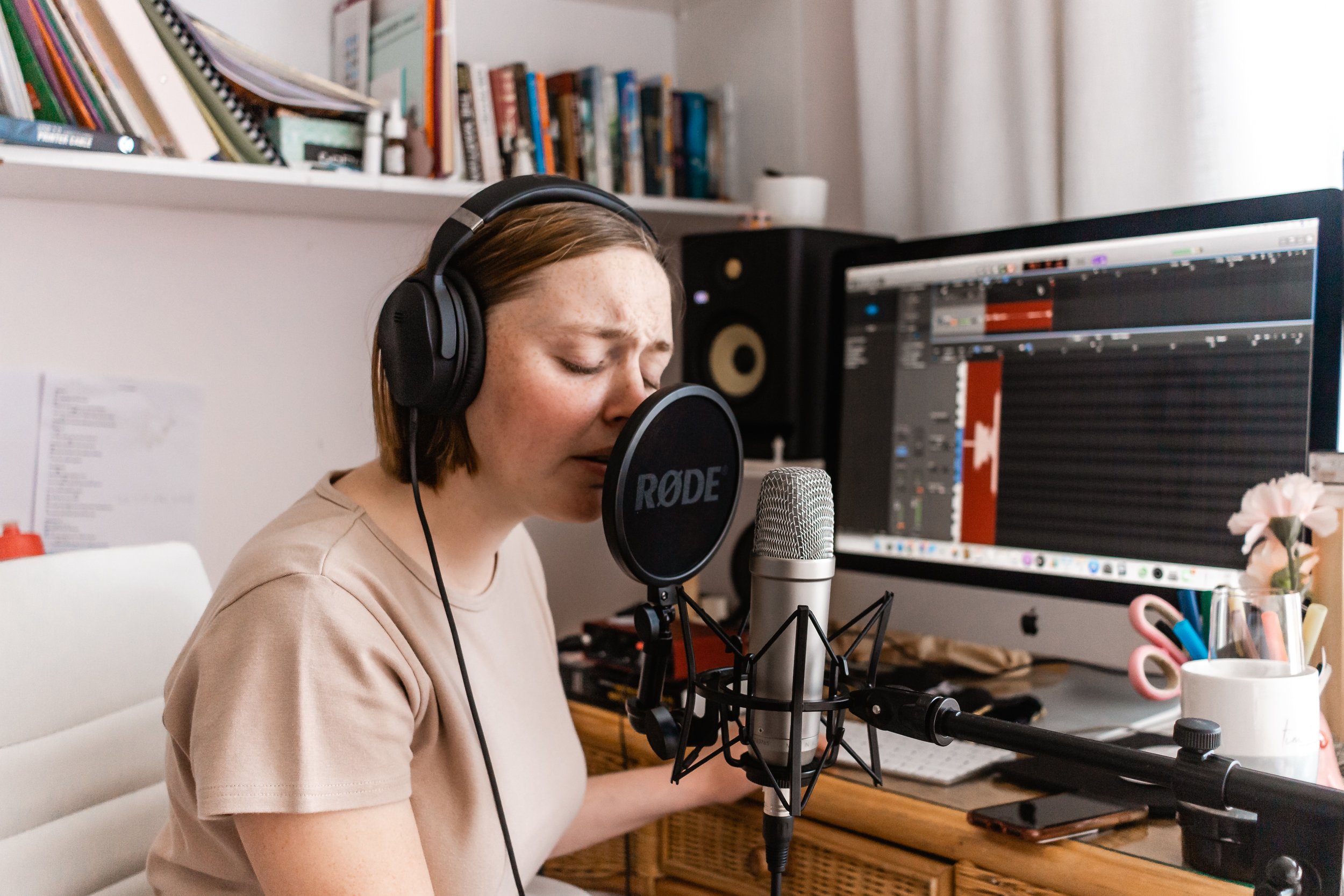Voice-Overs vs Dubbing - Let's get to the bottom of this.
If you are a content creator, a marketer, or a translator, you might have wondered about the difference between voice-over and dubbing, and when to use them for your audiovisual projects. Voice-overs and dubbing are both techniques for interpreting a message to a new audience, but they have different purposes and applications. In this article, we will explore the differences between a voice-over and dubbing, and give some examples of when to use them.
Voice-Overs
A voice-over is a technique where a narrator or a speaker records a voice track that is added to the original audio or video. Voice-overs can be used for various purposes, such as:
Creative storytelling: Voice-over can be used to add narration, commentary, or internal dialogue to a film, a video game, or an animation. For example, the voice of Morgan Freeman narrating The Shawshank Redemption, or the voice of Bastion in the video game Overwatch.
Information translation: Voice-over can be used to translate the original dialogue or speech to another language, without replacing it completely. For example, the UN-style voice-over, where the original speaker is still heard in the background, and the voice-over serves as a translation. This is commonly used for news segments, documentaries, or speeches.
Subtitle replacement: Voice-over can be used to replace the subtitles with a voice track, for audiences who prefer to listen rather than read. For example, the voice-over option on Netflix, where you can choose to hear the dialogue in another language, while the original audio is muted.
Voiceover is a technique that is more loyal to the source content, and less concerned with matching the emotion, tone, or lip movements of the original audio. A voice-over is noticeable to the audience and does not create the illusion that the actors on screen speak the same language as the viewers.
Dubbing
Dubbing is a technique where the original dialogue or speech is replaced with a new voice track that matches the language, emotion, tone, and lip movements of the original audio. Dubbing is also known as language replacement, and it aims to create a seamless and natural experience for the audience. Dubbing can be used for various purposes, such as:
Cultural adaptation: Dubbing can be used to adapt the original content to the culture, preferences, and expectations of the target audience. For example, the dubbing of The Simpsons, where the jokes, references, and names are changed to suit the local humor and context.
Audience accessibility: Dubbing can be used to make the original content accessible to audiences who cannot read subtitles, such as children, illiterate people, or visually impaired people. For example, the dubbing of Disney movies, where the songs, dialogues, and characters are translated and performed in different languages.
Information retention: Dubbing can be used to enhance the information retention and comprehension of the audience, especially for educational or training content. For example, the dubbing of TED talks, where the speakers’ ideas and insights are conveyed in different languages, without losing the impact or the clarity.
Dubbing is a technique that is more creative and adaptable to the target audience, and more concerned with matching the emotion, tone, and lip movements of the original audio. Dubbing is not noticeable to the audience and creates the illusion that the actors on screen speak the same language as the viewers.
In our experience, sync dubbing is the most detailed process of the two. It takes years of experience for the artist to get acclimatized to it and the entire process, from choosing the closest voice match to the mastering and syncing of the full-length video. These are primarily done for feature-length films and shows that are available on OTT platforms and television.
Recently, our team worked with one of the leading podcasts on Spotify (internationally) to Dub one of their episodes from English to Hindi, as they were looking to make their content more accessible to a wider audience.
I hope this blog helped you understand the difference between a voice-over and dubbing, and when to use them for your audiovisual projects. If you have any questions or comments, feel free to share them below. Thank you for reading!
In the dynamic world of entertainment, there's a pivotal choice made behind the scenes that often goes unnoticed but plays a significant role in bringing stories to life - the decision between voice-overs and dubbing. These two techniques serve as the bridge between different languages and cultures, allowing content to reach a global audience while preserving the authenticity and essence of the original work.
Image Source: https://unsplash.com/




